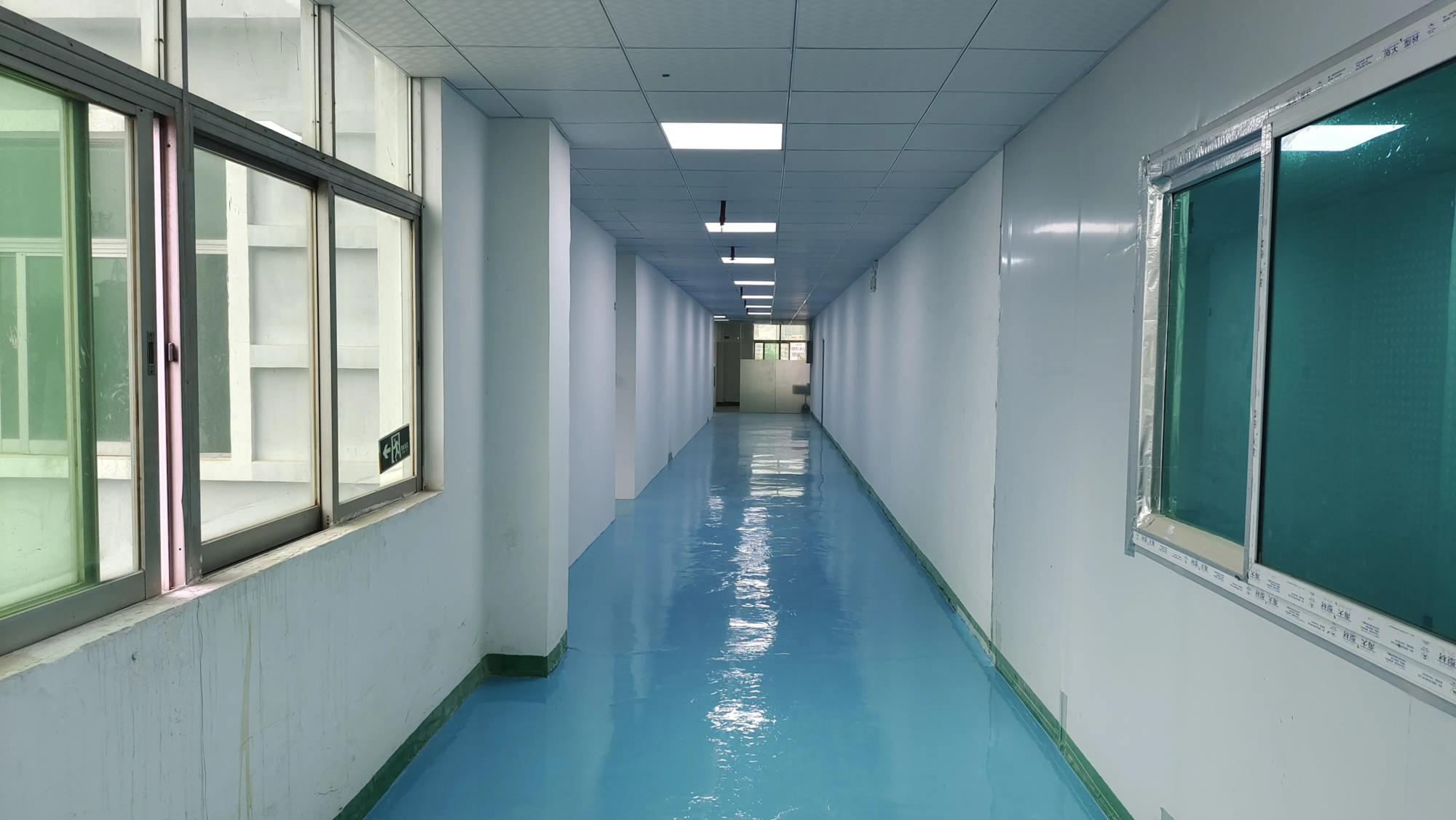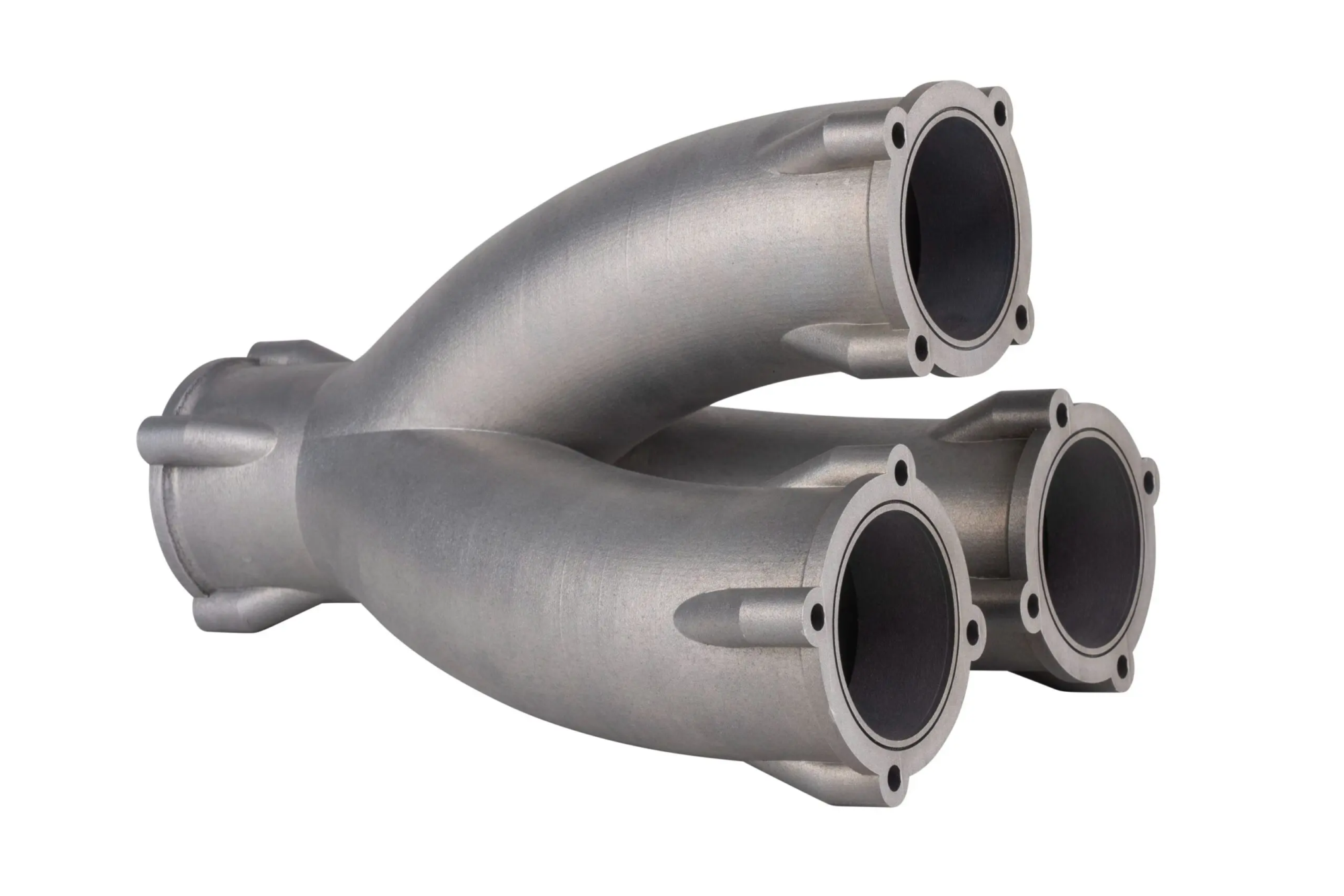Toybox 3D Printer: Improving creativity or just a drama for kids? We weighed (from a professional perspective)
The world of 3D printing is vast, including industrial machines that make aerospace components to compact desktop models that create complex prototypes. recent, Toy box 3D printer Causing a significant buzz, specifically targeting unique groups of people: children and families. As the ultimate creative tool for the next generation, it promises easy, fun 3D printing. But as professionals are deeply embedded in precise rapid prototyping, we have to ask: Are toy boxes really worth the hype? Let’s peel off the layers.
First impression: designed for joy, not the accuracy of dimensions
The Toybox 3D printer immediately stands out with visual effects. Apart from the typical look of most 3D printers, its friendly toy-like aesthetic (think bright colors, rounded corners) is a world. The setup was deliberately simplified – plug it in, connect it to Wi-Fi, and it’s theoretically ready. The entire experience is played through a dedicated application interface, minimizing complex parameters.
good:
- Child-friendly highlights: Safety features such as cryogenic extruders and closed designs, simple operation and pre-approved content library make it truly accessible to young users under supervision. Nightmare without slicing software or beds.
- Large and attractive model library: Access to thousands of pre-fixed models (toys, figurines, puzzles, ornaments) centered around children is its strongest suit. this "Magic Feed" Search features make discovery easy and fun.
- Low friction starts: For beginner printing families, this greatly reduces barriers to entry. It sparked initial interest without overwhelming technology.
- Safety certification: Comply with critical US (FCC) and International (UKCA) safety standards, providing peace of mind.
- Warning (from professional lens):
- Limited technical capabilities: Don’t expect precise engineering. Layer height, printing speed and material options are limited. It optimizes speed and safety with fine details or structural strength. Consider interesting trinkets, not functional parts.
- Material Monopoly: You are locked on the toy box brand PLA silk spool. This limits experimentation and potentially increased long-term costs compared to open filament systems on other printers. PLA is biodegradable but requires specific industrial compost; at home, its landfill is slower.
- Proprietary ecosystem: The application and model library is a walled garden. Uploading custom STLs is possible, but it’s more troublesome than a standard workflow. You rely heavily on the ecosystem and choices of toy boxes.
- Durability and lifespan: As a consumer toy electronic product, its long-term durability in frequent use of children may not match the more powerful hobby-level machines.
Educational perspective: Is it worth the weight in PLA?
Educational potential is a key part of the hype. Introducing STEM concepts (design, spatial reasoning, manufacturing basics) through games is invaluable. Seeing digital models become physical objects ignite creativity and problem solving.
- victory: It effectively demonstrates additives at the basic level. Instant satisfaction and attention to creativity can be a powerful driving force for young thinking.
- limit: It obscures the core engineering principles inherent in mainstream 3D printing – slice settings, material properties, mechanical design constraints. More "Magic Box" Compare "Learning Tools" For technical aspects. Its value lies mainly in arousing initial interest rather than in-depth technical learning.
Professional environment: gateway, not destination
Viewing the toy box from a high-precision world rapid prototyping (like the metal SLM process we specifically researched on Greatlight) is clear:
- Novelty and necessity: Toy boxes cater to novelty, hobbies and games. Industrial 3D printing solves complex engineering problems, creating production parts and crucial prototypes, requiring extremely high accuracy, material properties and rigorous verification (ISO, standard).
- Material Dividend: Toybox PLA is a world away from the world away from the world away from the world from the aerospace titanium, biocompatible polymer or professionally used high temperature photopolymer. Our SLM machines build dense functional metal components from powders; the toy box uses extrusion of thermoplastic filaments.
- Accuracy is important: The acceptable tolerances of toy dinosaurs (perhaps +/- 0.5mm or more) are not sufficient for applications such as surgical guidelines or jet engine components that require low-light accuracy. Achieving this requires complex machines, controlled environments and expert operations.
- Post-processing reality check: Toy box printing is "complete" After printing. Industrial parts often experience extensive Post-processing – Support removal (usually for labor-intensive metals), heat treatment (annealing, pressure relief), precise processing (for critical surfaces), surface finishes (polishing, bead blasting, coating) and meticulous inspection. This requires a lot of expertise and professional equipment, which is the core service we provide for demanding applications.
Conclusion: So, is it worth hype?
Yes, but only within its very specific niche.
The Toybox 3D printer successfully achieved its main goals: Making 3D printing for children and homes is simple, safe and engaging. It eliminates technical friction, provides instant creative satisfaction, and sparks interest in production. For target audiences and use cases (interesting, non-critical toys and trinkets), the hype is most Deserved.
However, manage your expectations. This is no:
- Precise amateur printer for detailed models or functional parts.
- A tool to learn in-depth principles of 3D printing engineering.
- In any way comparable to professional or industrial grade 3D printing systems.
judgment: If you are looking to inspire your child’s interest in creation and technology in a safe, frustrating way, then Toybox is filled with positive buzz. It can lower barriers very well. But this represents the beginning of the 3D printing journey. The true essence of technology – precision, advanced materials, complex applications – goes far beyond the colorful walls of the toy box ecosystem, where companies like ours use this incredible technology to solve real-world engineering challenges.
FAQ: Toy Cases 3D Printers and Professional 3D Printing
Q: Is the toy box printer safe for children?
- one: Yes, in its intended design. It has safety certification (FCC, UKCA), low temperature extruder and enclosed building areas. Adult supervision is always required, especially during operation and removal.
Q: Can I use any filaments in my toy box?
- Year. Toybox printers are designed to work specifically with their own branded silk spools. This ensures security and compatibility, but can limit the choice of choice and can be more expensive.
Q: How is the quality of toy box printing compared to other printers?
- one: Toy cases prioritize speed and ease of use rather than super-fine detail or precision. Prints are great for toys and basic models, but use optimized settings and materials that don’t match the resolution or accuracy that a hobbyist or professional FDM printer can achieve.
Q: Can I design my own model for the toy box?
- one: Yes, but mainly through their platform ecosystem. You can upload STL files, but the process is designed to be simple in its application, rather than being completely creatively controlled like a traditional slicer. The huge library is mainly attractive.
Q: How is professional 3D printing (like the quotes provided by Greatlight) different from things like ToyBox?
- one: The difference is profound:
- Purpose and scale: Toy box = fun, little toys. Professional (industrial) = functional prototypes, end-use parts, complex components in demanding sectors (aerospace, medical, automotive).
- technology: ToyBox = Extrusion (FDM/FFF) with PLA. Professional = Usually metals, engineering plastics, resins, usually powder bed fusion (SLM/SLS), stereolithography (SLA), Polyjet, etc.
- Accuracy and tolerance: toybox = modest. Professional = micron-scale accuracy required for fit and function.
- Material selection: toybox = Basic PLA only. Professional = Titanium alloy, stainless steel, inconel, biocompatible resin, durable polymer, ceramic – suitable for performance characteristics.
- Post-processing: toybox = Minimum (support removal). Professional = extensive, complex processes requiring specialized facilities and expertise (supports for removal, heating, machining, surface completion, inspection).
- Expertise: toybox = Simple operation. Professionalism = requires deep engineering knowledge, materials science understanding and process optimization skills.
- one: The difference is profound:
Q: What happens to the toy box PLA waste? real "Environmental friendly"?
- one: PLA comes from renewable resources (corn starch, sugar cane), is Biodegradable under specific industrial compost conditions (High calories and microorganisms, in weeks/months). it No Easy to decompose in a household compost bin or landfill – it behaves very similarly to conventional plastic waste in these environments. "More eco-friendly than ABS plastic" ≠ "Can compost at home". Responsible disposal is still required.
- Q: If my kid likes toy boxes, what’s next to study "Real" 3D printing?
- one: Research more capable (although still user-friendly) hobby printers (e.g. Prusa, Bambu Lab, Creality) offer open filament systems and slicer software. Online CAD platform (Tinkercad is great for beginners, then Fusion 360, Onshape, Blender) enables True 3D design learning. The manufacturer community and STEM programs are excellent resources. They should be in engineering – that’s where advanced services like us come into play!





